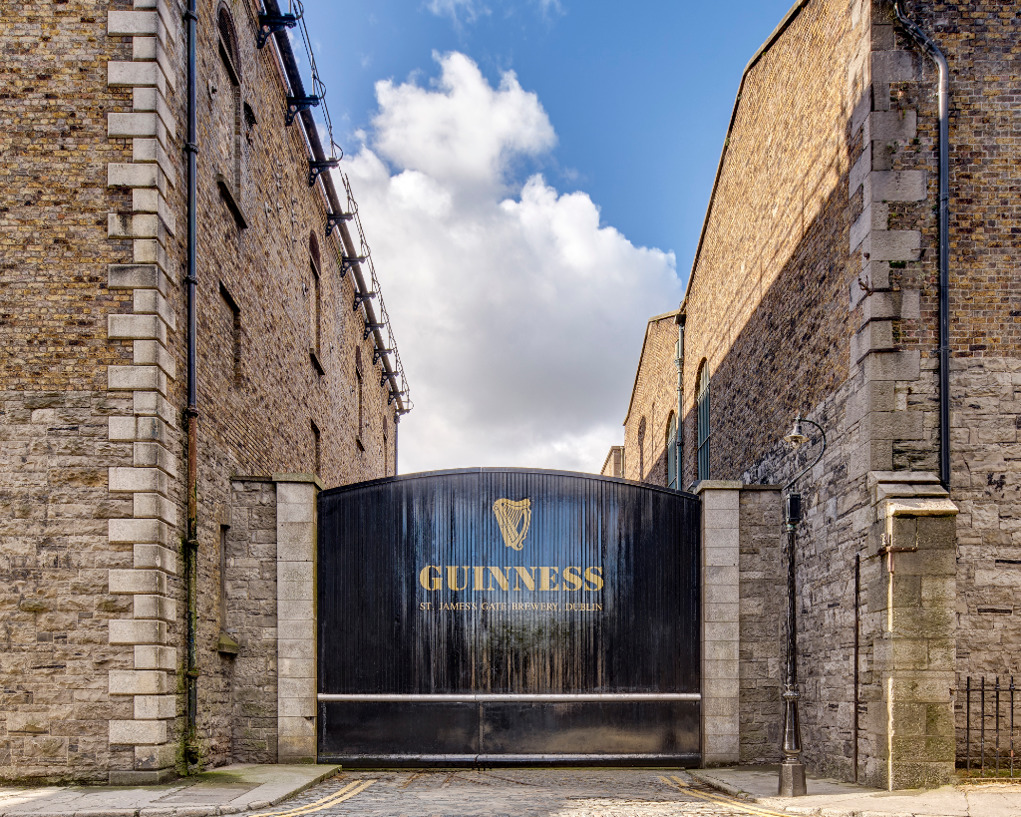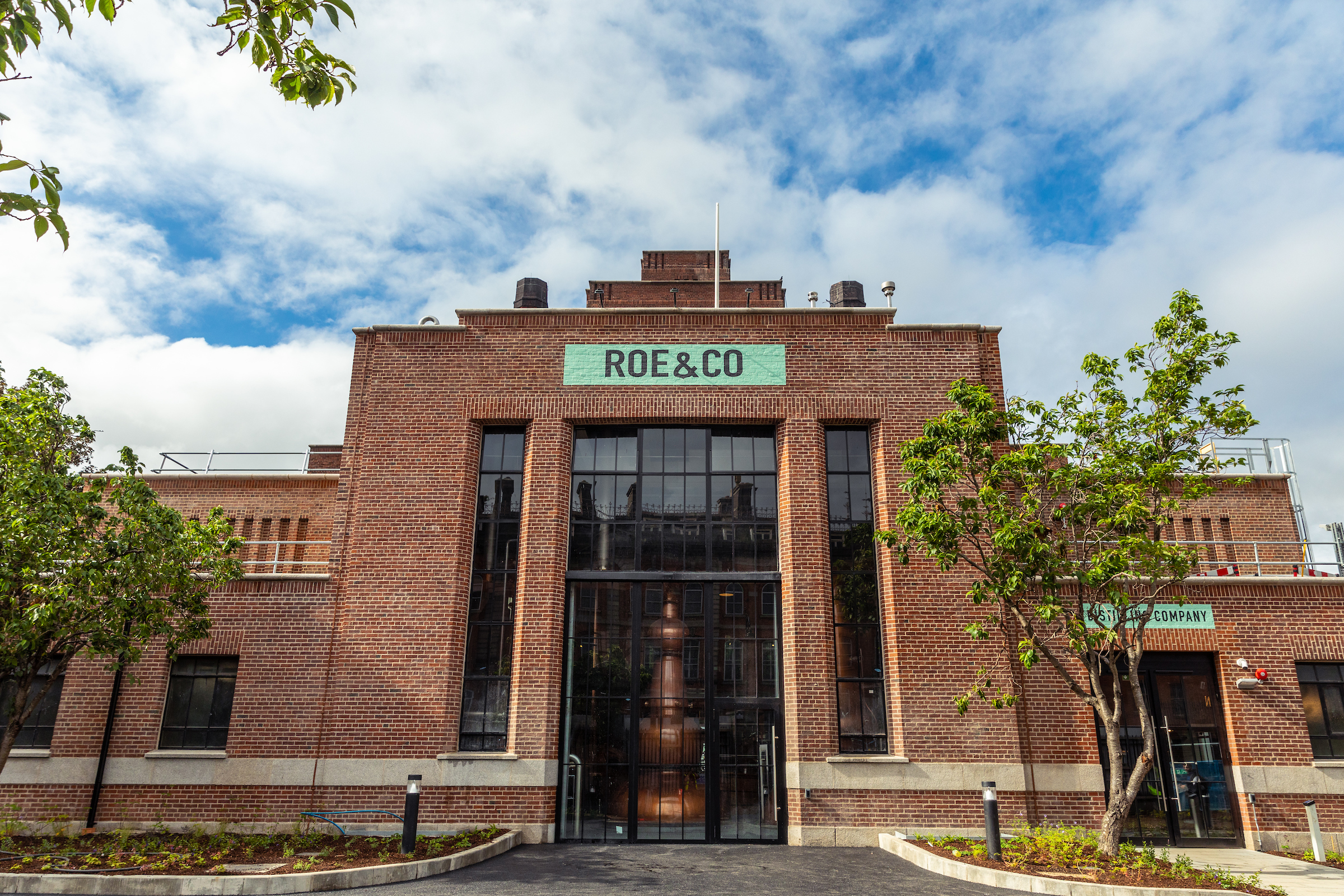As House of Guinness Hits Netflix, Explore the Real-Life Legacy of Ireland’s Most Famous Family

On 31st December 1759, Arthur Guinness signed an impressive 9,000-year lease on St. James’s Gate Brewery in Dublin, creating an Irish icon in Guinness stout, as well as an impressive legacy that can be seen around the world today. With the brand-new Netflix series House of Guinness launching around the world on 25 September, we explore some of the famous locations throughout Ireland connected to this impressive dynasty.
No visit to Dublin is complete without recognising the legacy of the Guinness family - not just in the frothy pints served in every pub, but in the fabric of the capital itself. Although forever associated with the Liberties area of Dublin, the Guinness brew itself was actually born in the beautiful County Kildare village of Celbridge. In the cellar of Arthur Price, the Church of Ireland Archbishop of Cashel, Arthur Guinness began brewing his iconic stout in the 18th century. To mark the beer’s origins, there is now a 16km trail taking in historic sites linked to Ireland’s most famous brewers – the Guinness family. Explore the town of Celbridge where Arthur spent his childhood; Leixlip, the site of his first brewery; and Oughterard, home to Arthur’s final resting place.
In County Tipperary, the impeccably restored 5-star Cashel Palace Hotel can also lay claim to the origins of Guinness, with hops grown on the grounds of the stunning Palladian manor once used to make ale. Legend has it that this is where the idea for Guinness got brewing!
Back at the home of Guinness, the iconic black brewery gate at St James’s Gate in Dublin, the Guinness Storehouse is one of Ireland’s favourite attractions, where you can savour the sights, sounds, tastes, and aromas of Ireland’s most famous export. Visitors can travel through history to see some of the brand’s award-winning advertising campaigns, as well as enjoy a pint of the black stuff in The Gravity Bar at the top of the building, which offers 360-degree views of Dublin. It’s a landmark year for the Guinness Storehouse, which is proudly celebrating its 25th anniversary.

Roe & Co Distillery, Dublin City
Next door, at the Open Gate Brewery, Guinness’s experimental taproom, innovation meets tradition in small batch brews you won’t find anywhere else in the world. Located just steps away on the same street, the former Guinness Power Station has also been redeveloped into a new whiskey experience Roe & Co. distillery, where fun and flavour come to life through a truly immersive experience.
Beyond brewing, the Guinness family's impact is etched into Dublin’s cultural and architectural landscape. Some major Dublin landmarks also owe their current accessibility to the Guinness family. In the 1800s, the Guinness family contributed to the restoration of St. Patrick’s Cathedral. The largest cathedral in Ireland and notable for boasting author Jonathan Swift as a former Dean, the cathedral is open to visitors and regularly hosts tours, concerts and events. The Guinness family also paid for the restoration of the charming Marsh’s Library, which backs onto St. Patrick’s Cathedral. The oldest public library in Ireland and inspiration to some of Ireland’s most famous writers, including Bram Stoker and James Joyce, it is one of the most unique visitor attractions in the city today.
The nearby Iveagh Gardens, a hidden gem and oasis of calm in Dublin, was donated to the city by Lord Iveagh, and St. Stephen’s Green, perfect for a stroll after shopping on the city’s main high-street Grafton Street, was purchased by Lord Ardilaun, (Arthur Guinness’ grandson) and donated to the city to be enjoyed by everyone within the area. Each of these sites stands as a lasting testament to the Guinness family’s legacy, their influence woven into the very fabric of Dublin through philanthropy, preservation, and civic pride
The same Lord Ardilaun also had a liking for large country estates, owning the Victorian mansion Muckross House in County Kerry, and maintaining a strong relationship with the family-owned estate Ashford Castle, nestled on Lough Corrib in County Galway. Purchased by his father Benjamin Lee Guinness in 1852, both Guinness heirs in their time helped restore and develop Ashford Castle into the stunning 5-star retreat it is today, maintaining and expanding the stunning buildings, grounds and woodland.
Traces of the Guinness family can be found all over Ireland, with one of the most unusual only becoming visible from upon high in the Wicklow Mountains, just south of Dublin. If you venture into the hills, make your way up the trails and through the mists, and you’ll discover a very unusual lake. Lough Tay, otherwise known as the Guinness Lake, has the curious feature of looking exactly like a pint of the black stuff. Dark waters and a sandy beach combine to make this look like a perfect pint that’s good enough to drink.